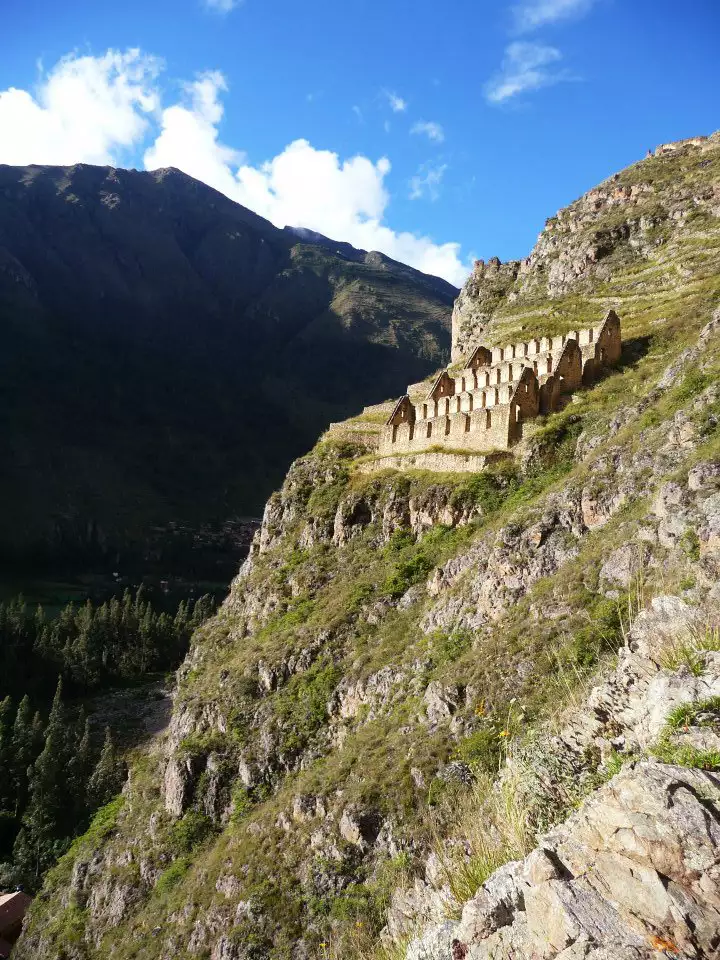Summary
The visitor to Cuzco, alternately spelled Cusco, Qosqo or Qozqo, can’t help but be awed and impressed by a city that was the capital of the Inca Empire.
Today’s Cuzco showcases a magnificent blend of ancient cityscapes, colonial structures, and modern amenities, reflecting a rich culture and long-standing traditions. This vibrant city serves as a reminder that the sophisticated Incan civilization has preserved its essence in the face of colonial encounters and modern tourism.
Qosqo, meaning navel or belly button in Quechua, rests in a fertile valley that had supported civilizations even before the Incas. However, this city is famously linked to an organized society where every individual had a significant role. The phrase Ama Sua, Ama Quella, Ama Lulla was a guiding principle for visitors, encouraging them to “Don’t lie, don’t steal, don’t be lazy.” The craftsmanship and engineering marvels of that era are evident, having withstood numerous earthquakes over the centuries.
Inca architects designed the city in the form of a puma, with the fortress of Sacsayhuaman representing the head, the plaza of Huacaypata corresponding to the belly, and the converging Huatanay and Tullumayo rivers symbolizing the tail. The ancient plaza was the nucleus of the suyos, translating to the Four Regions of the Inca Empire that spanned from Quito, Ecuador, to northern Chile.
This plaza served as the focal point for official buildings and the residences of ruling officials. Notably, it was also vital for the famous road network, where swift runners transmitted messages across the empire. Surrounding the urban core were areas dedicated to agricultural, artisan, and industrial production.
The arrival of the Spanish led to the destruction of numerous structures, with many that remained serving as foundations for their churches and buildings.
Getting to and Staying in Cuzco
Reaching Cuzco today is significantly more accessible than it was for the Incas or colonial rulers like Francisco Pizarro, who in March of 1534 began to impose a colonial city atop the remnants of the existing Incan civilization.
Travelers can choose from a variety of domestic and international flights, public transportation systems, and bus services to and from multiple locations. Additionally, there is a convenient train service to Machu Picchu.
Cuzco enjoys a temperate climate, featuring a rainy season from November to March and a dry season from April to October.
Things to Do and See
As the historic Inca capital, Cuzco presents a fascinating mix of colonial charm and modern vibrance. Visitors are invited to explore the striking contrasts of Inca architecture, diverse colonial elements, and beautiful urban features such as red roofs, whitewashed walls, and colorful doors. There are a multitude of churches and museums to visit, where one can marvel at the elaborate masonry elaborated in Geometry Step by Step from the Land of the Incas.
Starting from the Plaza de Armas, a walking tour can direct you to the Cathedral, San Blas Church, the Art School, and Q’oricancha, the celebrated site of the Sun Temple.
The major attractions of Cuzco and its surroundings include:
- Qorikancha – the revered sun temple of Qosqo. Visiting at night allows a glimpse of its previous grandeur when it was adorned in gold.
- San Blas Church
- La Compañía Church – recognized as Cusco’s masterpiece, built over the foundations of the former palace of Inca Huayna Capac.

More Treasures
- The cathedral was built over the remains of the Inca Viracocha’s palace.
- Saqsaywaman or Sacsayhuaman.
- Q’enqo – This labyrinth includes a temple dedicated to Mother Earth, making it a notable worship center and ceremonial site. It is also referred to as Kenko.
- Puca Pukara – This Fortress Watchtower sits strategically along the route to the Antisuyo, or Amazon region of the empire, and also functioned as a military and administrative center.





